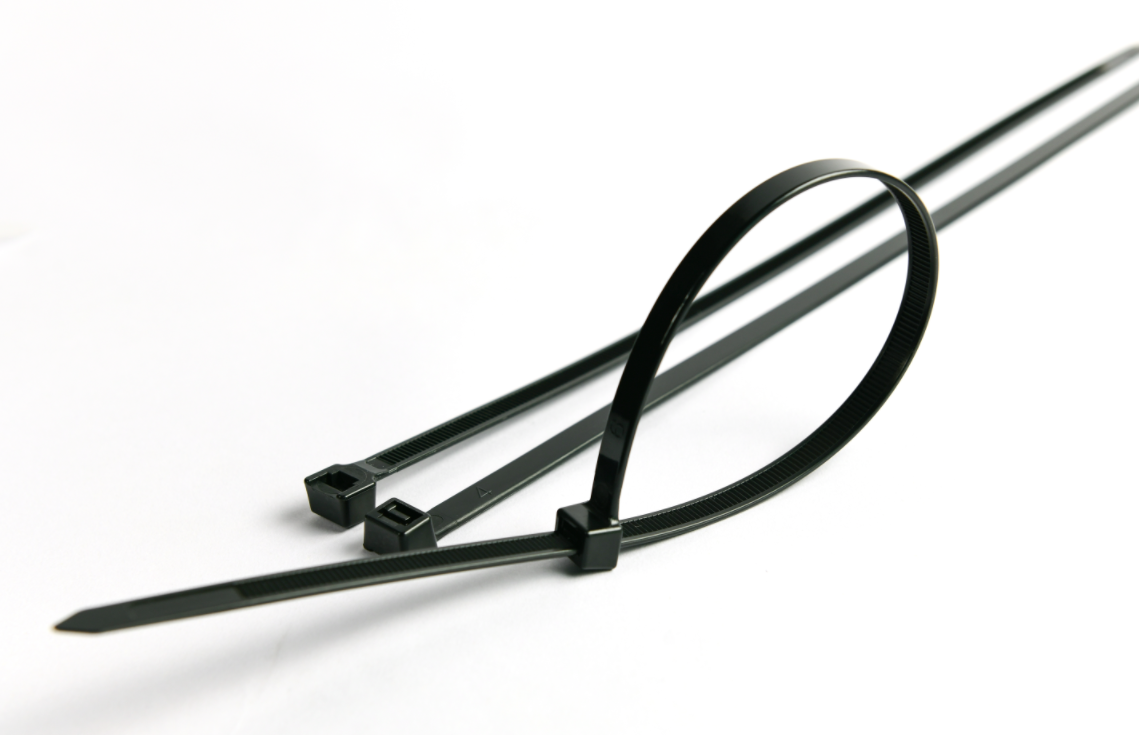06
2025
-
11
The operability of plastic cable ties can be selected
Author:
Optimizing Plastic Cable Tie Operability: Factors Influencing Ease of Use and Efficiency
Plastic cable ties are widely used for bundling, securing, and organizing materials, but their operability—how easily and effectively they can be installed—varies significantly based on design, material, and application context. Selecting ties with optimal operability requires evaluating factors like handling comfort, installation speed, and adaptability to different environments. This guide explores the technical and ergonomic considerations that impact usability.
Ergonomic Design: Enhancing Handling Comfort and Control
The physical structure of a cable tie directly affects user fatigue and precision during installation. Standard ties with narrow heads may require excessive force to tighten, leading to hand strain in repetitive tasks. Ergonomically designed ties feature wider, contoured heads that distribute pressure evenly, reducing discomfort during prolonged use. For example, ties with angled heads allow easier access in tight spaces, such as behind machinery or within electrical panels.
Another critical aspect is the ease of gripping. Textured surfaces or ribbed edges on the head improve traction, enabling users to apply consistent tension without slippage. In industrial settings where gloves are mandatory, ties with oversized heads or recessed grips accommodate thicker fingertips, ensuring reliable operation even in low-visibility conditions.
Locking Mechanism Responsiveness
The locking mechanism’s sensitivity determines how smoothly a tie tightens. Standard ratchet systems may require precise alignment, which can slow down installation. Advanced designs incorporate self-adjusting teeth that engage progressively, allowing one-handed operation. This is particularly valuable in assembly lines or fieldwork where speed and efficiency are prioritized.
Installation Speed: Streamlining Workflows
Time-saving features are essential for high-volume applications. Ties with pre-formed loops or integrated tensioning tools eliminate the need for manual tightening, reducing installation time by up to 50%. For instance, some designs include a built-in lever that applies uniform pressure, ensuring consistent bundling without over-tightening.
Releasable ties further enhance efficiency by allowing quick adjustments. Unlike permanent ties, which must be cut for removal, releasable variants feature a sliding latch or push-button mechanism. This is advantageous in temporary installations, such as event wiring or construction scaffolding, where cables need frequent repositioning.
Bulk Handling and Packaging
Operability extends beyond individual ties to how they are packaged and dispensed. Ties wound on reels or bundled in strips enable rapid deployment, minimizing downtime during large-scale projects. Dispenser boxes with sequential feeding systems also prevent tangling, ensuring ties are ready for immediate use.
Environmental Adaptability: Maintaining Performance in Diverse Conditions
Operability can degrade in extreme temperatures or wet environments. Cold weather stiffens plastic, making ties brittle and difficult to bend. Low-temperature-resistant formulations, such as those with flexible additives, maintain pliability below freezing, ensuring reliable installation in refrigerated warehouses or outdoor winter settings.
Conversely, high temperatures soften standard nylon ties, reducing their tensile strength and making them prone to slippage. Heat-stabilized variants resist deformation up to 120°C, maintaining secure bundling in engine compartments or industrial ovens.
Moisture and Chemical Resistance
Exposure to water, oils, or cleaning agents can affect grip and locking reliability. Ties with hydrophobic coatings or chemically inert polymers, such as polyamide 12 (PA12), resist swelling or degradation in humid environments. This is critical for marine applications, food processing facilities, or outdoor installations where moisture is inevitable.
Accessibility Features: Accommodating Diverse Users
Operability must consider users with varying physical abilities. Ties with color-coded tension indicators help visually impaired workers identify proper tightness levels. Additionally, tools like tensioning guns or ergonomic pliers reduce the need for manual force, enabling users with limited hand strength to install ties securely.
Lighting and Visibility
In low-light conditions, such as underground utilities or nighttime construction, ties with reflective strips or glow-in-the-dark heads improve visibility. This reduces errors and enhances safety by ensuring ties are easily located and adjusted.
Conclusion: Balancing Speed, Comfort, and Reliability
Optimizing plastic cable tie operability requires a holistic approach that integrates ergonomic design, environmental resilience, and accessibility. While a standard tie may suffice for simple indoor tasks, specialized variants with heat resistance, releasable mechanisms, or ergonomic heads are indispensable in demanding settings. By aligning tie features with operational needs, users can achieve faster, safer, and more consistent installations across industries.
plastic cable ties
Hot News
2025-11-06
The operability of plastic cable ties can be selected
Plastic cable ties are widely used for bundling, securing, and organizing materials, but their operability—how easily and effectively they can be installed—varies significantly based on design, material, and application context.
2025-11-06
Basis for choosing the type of plastic cable ties
Plastic cable ties, also known as zip ties or束线带 (Shuxiandai), are versatile fastening tools used across industries ranging from automotive manufacturing to home organization. However, selecting the right type requires understanding how material properties, environmental conditions, and functional requirements interact.
2025-11-05
Color selection tips for plastic cable ties
Color coding in cable management systems transforms disorganized wiring into visually intuitive setups. By assigning specific hues to different circuit types, users can instantly identify power cables, data lines, or audio-visual connections. For example, a studio setup might use red ties for audio cables, blue for video, and green for power supplies.
2025-11-05
Selection of the bending resistance performance of plastic cable ties
When selecting plastic cable ties for applications involving repeated bending, such as automotive wiring harnesses, industrial pipe bundling, or outdoor installations, understanding their bending resistance is crucial. This guide explores key factors influencing bending performance and provides practical selection criteria.

